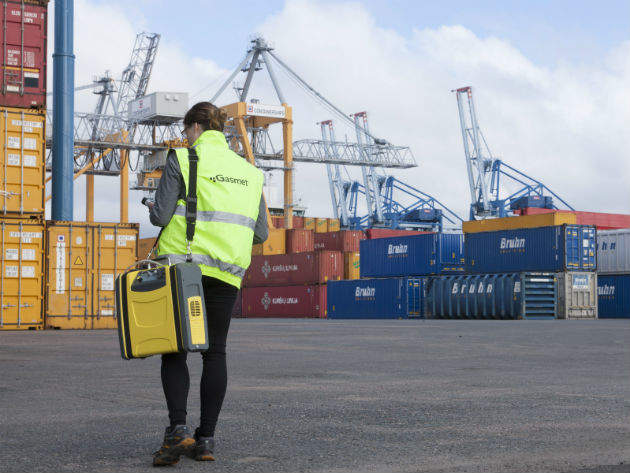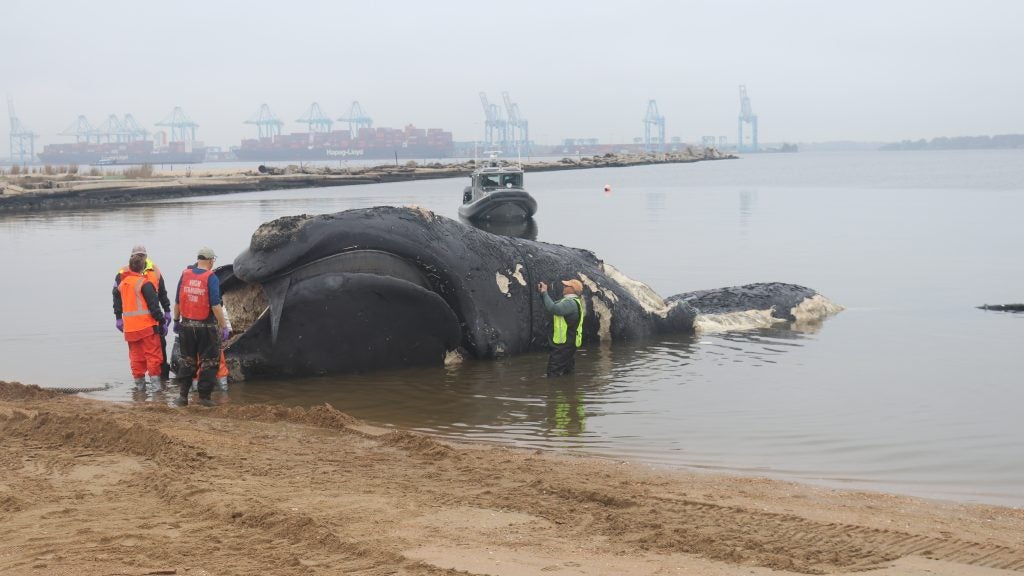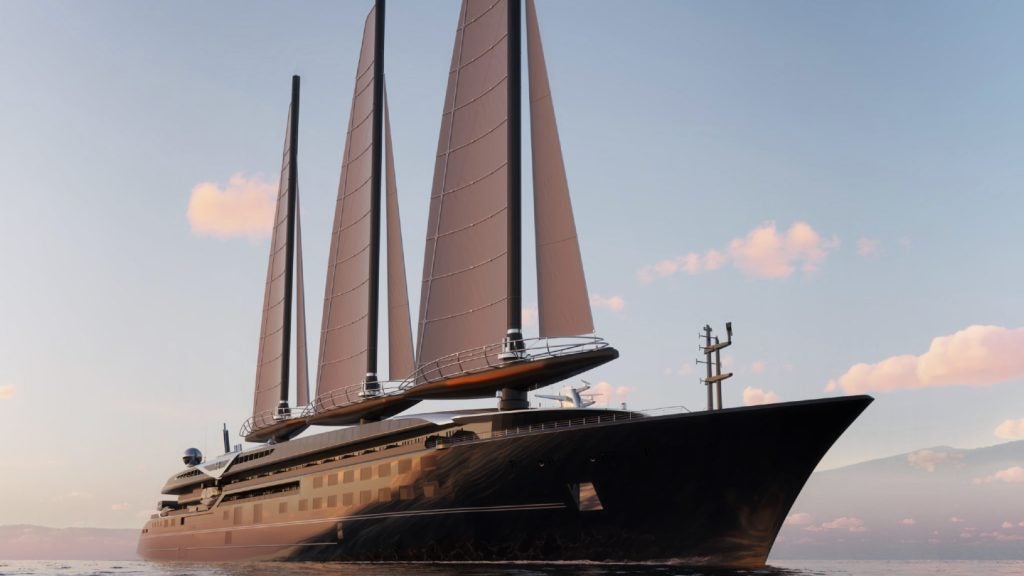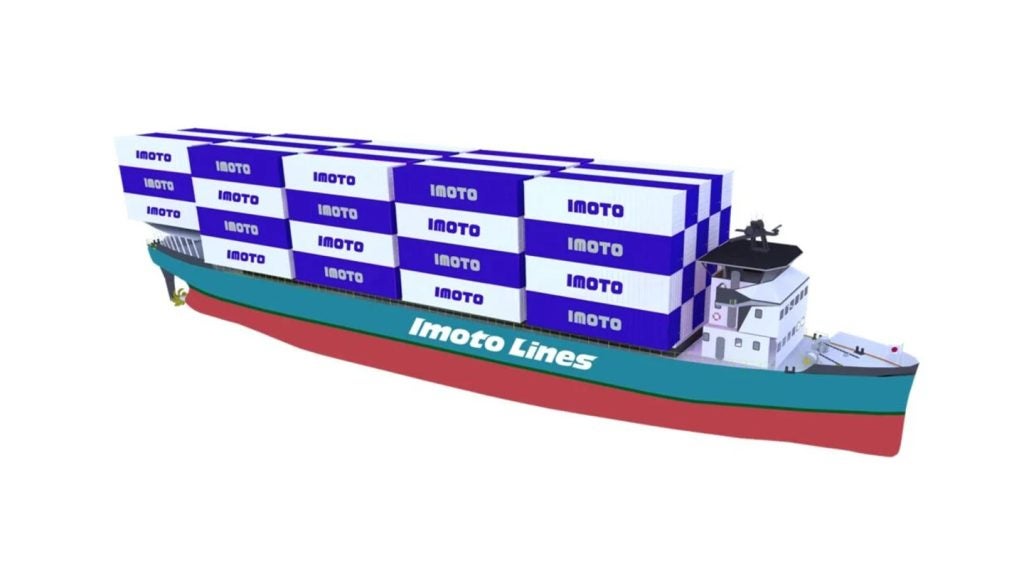

“The problem of dangerous gases in shipping containers is very common,” warns Kristian Hentelä, an application specialist from Gasmet, a gas monitoring company operating out of Finland. “The problem has always been there, so in that sense this is not a new issue.”
Indeed, back in 2013, a report by the New Zealand Customs Service found that, from 500 containers, the air quality inside nearly 90% was contaminated by fumigants or other gases. Up to 20% had gas concentrations that were above recognised safe levels.
Almost two years ago, a study published in the Journal of Occupational Medicine and Toxicology also found that containers were arriving at destinations with harmful levels of toxicity inside. This, of course, presents risks to the health of all those who, in one way or another, come into contact with containers or work in the surrounding environment.
On a regulatory note, the International Maritime Dangerous Goods (IMDG) code – first introduced in 1965 – includes subsections on gases and chemicals, and concerns the safe transportation of hazardous materials.
Here, Hentelä explains why hazardous gases form and how better monitoring can prevent exposure.
How well do you really know your competitors?
Access the most comprehensive Company Profiles on the market, powered by GlobalData. Save hours of research. Gain competitive edge.

Thank you!
Your download email will arrive shortly
Not ready to buy yet? Download a free sample
We are confident about the unique quality of our Company Profiles. However, we want you to make the most beneficial decision for your business, so we offer a free sample that you can download by submitting the below form
By GlobalDataGary Peters: How severe is the problem of hazardous gases in shipping containers?
Kristian Hentelä: The problem of dangerous gases in shipping containers is very common. Research has shown that about 20% of shipping containers have concentrations of gases that exceed occupational hygiene limit values.
The likelihood of encountering a container with toxic gas makes this quite a severe problem, not to mention the extreme toxicity of some of the chemicals involved.
GP: Is it getting worse?
KH: It is quite likely that the problem has always been there, so in that sense this is not a new issue. However, as better monitoring techniques evolve, it is becoming easier to study the issue and our awareness is growing. The ever-growing flow of shipping containers around the world also means that an increasing amount of people are becoming exposed to this problem.
GP: How and why do hazardous chemicals build up in containers?
KH: There are two ways.
Firstly, many containers are fumigated to avoid the spreading of pests around the globe and to protect the cargo. This means that toxic chemicals are inserted into the container, and while the container should then be ventilated, sometimes these chemicals still remain. The chemicals used for fumigation are often very toxic and can pose a serious threat to human health, even at very low concentrations.
The second source is off-gassing from the products or the packaging materials. In a closed space, the concentrations can grow to hazardous levels.
GP: What are some of the health problems associated with working near containers that may have some level of hazardous gas inside?
KH: The specific health problems depend on the gases and concentrations involved. Exposure to high levels of some fumigants will lead to acute symptoms and require immediate treatment, while exposure to others can cause issues [further down the line].
Acute intoxication is easily attributed to gas exposure, because the effects are immediate. It is, however, more difficult to attribute long-term health effects to their cause. Exposure to carcinogenic substances could, for example, cause cancer a long time after the event. Also, if the exposure to carcinogens was not known, the cause of the disease may not be identified. It is therefore important to screen for gases to prevent acute problems and to learn about long-term exposure.
GP: What are the common chemicals and gases found in containers?
KH: The gases evolving from off-gassing are actually found far more commonly than the fumigants, and make up the majority of containers with gas concentrations above exposure limit values.
As there is an endless number of different products shipped, the list of gases is also very long. For instance, formaldehyde is often found in containers that have cheap furniture, while plastic or rubber products can give off industrial chemicals such as styrene, benzene or toluene.
While the extremely toxic fumigants are not quite as common, they still present a problem.
GP: What are you doing to combat this problem?
KH: We believe that our portable DX4040 analyser presents one of the best solutions on the market for monitoring gases.
FTIR (fourier transform infrared spectroscopy) technology [which is used to obtain an infrared spectrum of absorption or emission of a solid, liquid or gas] allows for the simultaneous measurement of many gases.
Our gas library for this application consists of 50 of the most common gases. If a gas that is not found in our library is measured in a sample, our software can be used to identify the unknown gas by searching among the more than 400 that we have references for here at Gasmet.
The ability to measure and identify really comes in handy in an application such as this, where one can never be sure what gases will be present.
GP: How does the technology work?
KH: It measures the light absorption of molecules in the infrared wavelength area. Most molecules absorb infrared light and produce unique absorption spectra. By analysing the shape and intensity of the spectra, we can identify the compounds in the sample and quantify their individual concentrations.
As our analyser is portable and contains a complete sampling system, it can be used for measurements directly at the container, without the need to take a separate sample to a laboratory for analysis.
The atmosphere should always be measured before opening and entering the container, as this is the only way to avoid exposure. The sample probe is inserted into the container between the seams of the doors.
Ideally the air should be measured and declared safe. If the container is left closed for a long time following a measurement, there is no guarantee that gas concentrations have not risen through off-gassing.
GP: How important is the use of technology to better understand and reduce exposure to hazardous substances?
KH: It is essential. If the subject is never studied it is impossible to learn the true extent of it, and the only way to find out what gases are present is to measure them.
When insight is gained, actions can then perhaps be taken to reduce the occurrence of gases.
There will, however, always be cases where the only way to ensure a safe atmosphere in a container is to measure it. External signs of dangerous gases in a container do not necessarily exist, so reliable procedures involving the use of technology are necessary to handle the risk.
GP: Why are traditional monitoring techniques not good enough?
KH: Component specific chemical stain tubes or photo ionization detectors [PIDs] have often been used to screen for gases.
The problem with component specific measurement methods such as chemical adsorption tubes is that, while they can be used to detect a specific gas, if you have to screen for more than one, you would have to use more than one [tube] per container.
Technologies such as PIDs will respond to a fairly large number of different gases but do not provide much insight into what the true composition of the gas sample is. This is because a PID is not component-specific; a reading only serves as an indication that there is something other than pure air in the container.
GP: What are the challenges of measuring gas inside containers?
KH: The different gases to look out for, that’s a challenge for most technologies. It is difficult to say what gases are present, so there are always unknowns inside. You don’t know which gases you should measure.
Employers have a duty of care to staff and therefore have to ensure that they are not exposed to harmful gases. However, the main challenge is the enormous number of containers in use.






